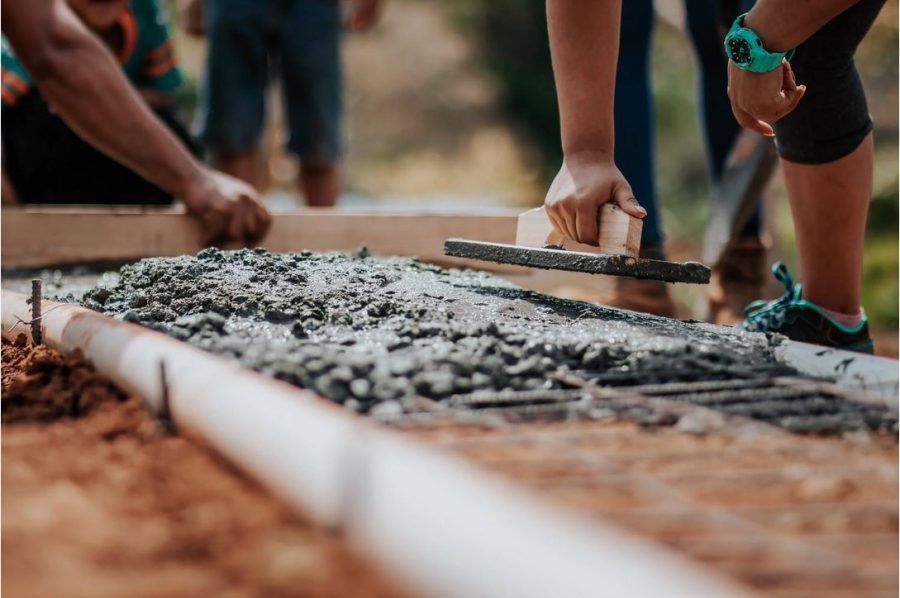Some types of home structural damage are very easy to spot. For instance, you may realize your house is due for a fix when you notice how much the support beams and ceiling joists have been eaten away by termites. Some issues, however, may not be as apparent. They build up in the background slowly while you remain oblivious to the impending structural damage.
From wall cracks to roof leaks and everything in between, there are many telltale signs that your home may have severe structural damage. Here are some warning signs you should look out for before it is too late.

Roof Leaks
Roof usually lasts about 20 years before it needs replacement. Depending on the material, it may last longer or shorter. Suppose you have a sagging roof and roof leaks despite your roof cladding having many years left in its life cycle. In that case, you may be a victim of weather-induced damage, termite damage, insufficient or improper maintenance, timber frame movement or incorrectly sized framing timbers. You will want to have the problem diagnosed and repaired promptly to prevent the roof leaks from causing further damage to internal structures.
Wall Cracks
Although not all wall cracks indicate structural damage, be sure to monitor them closely in case they may grow into a bigger issue. Wall cracking accompanied by uneven floors, sagging ceilings, or cracks above doorways are serious red flags that you should address as early as possible.
Slow Drainage All Around the House
For the most part, a slow shower drain or sink is not a cause for alarm. After all, fixing a slow drain is just another home maintenance chore. However, if the problem persists in all the drains around the house, you might need more than basic home maintenance skills. Slow drainage around the house could indicate a massive clog in your home’s main sewer line. A burst pipe from this clog could affect the wood making up the structure of your house. Consider this a plumbing emergency if it ever happens.
Crumbling Concrete or Brickwork
Despite its rarity, concrete, brickwork, and other kinds of masonry may erode when exposed to moisture and chemicals for extended periods. Concrete may absorb salts and chlorides that react with the steel reinforcement, causing the steel to expand and break up its bond with the concrete. Mortar erosion is particularly common below the waterproofing membrane and is a sign that you may have other issues you need to uncover.
Whether you are purchasing a house for the first time or enjoying your stay at your current home, noticing signs of structural damage can be quite unnerving. If you notice any of these signs, consult a licensed home maintenance professional for an extensive home inspection and repair.